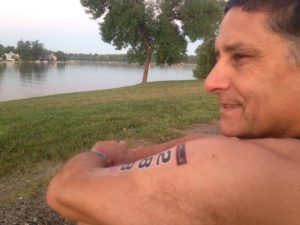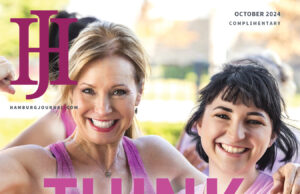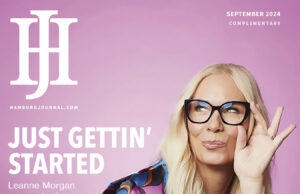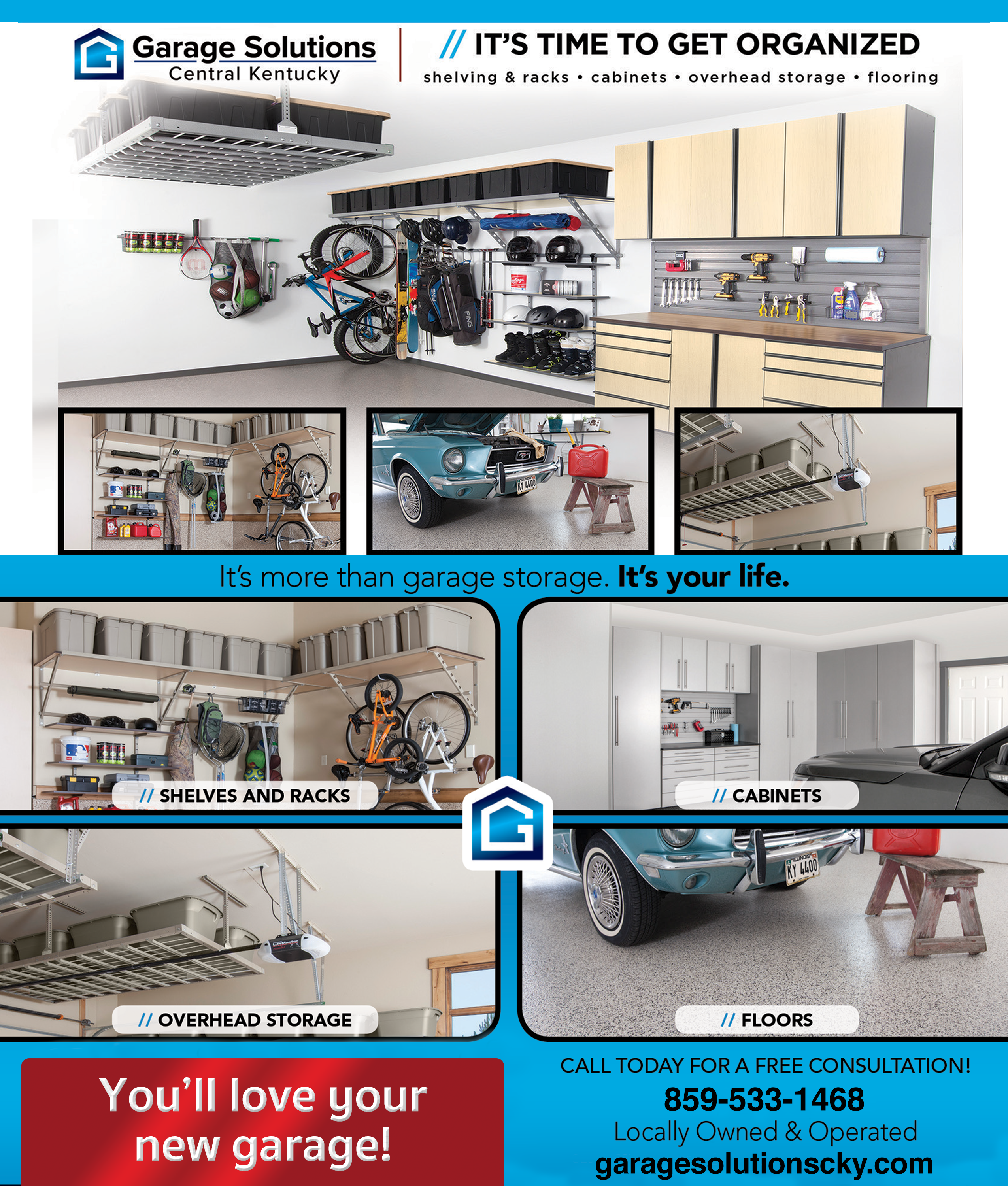You think after 10 years in this sport, you know what to expect, and then you compete in the Olympic distance race on Saturday, followed by the Sprint on Sunday, and realize there is so much more to learn about you and racing. (The Olympic distance in triathlon is just under a 1-mile swim, 25-miles on the bike, and a 6.2-mile run. The Sprint distance is half those distances.)
So here goes … many lessons learned.
First, I went into the weekend with low expectations. My goals were to finish the race, have fun, and do my best. It was that simple. After last year’s race at Nationals in Milwaukee when my race ended before it barely began (flat tire in first minute of bike), I needed to finish. Cross that finish line. I also went into this race with an injury. My left knee has bothered me for several months, and I basically stopped running the last two months when I was diagnosed with a case of mild arthritis in my knee. I also entered the weekend without any coaching so I was not pushed as hard compared to previous years.
Despite all that, I was very excited about going to Omaha, and competing. If you have never been to Nationals as a triathlete, I highly recommend it. Yes, you are racing with some of the best age-group triathletes in the country. But there are also plenty of folks who are never going to be the fastest. If you love the sport, your passion for it will only grow with this experience. Nationals is held in August at one city for two years so next year it will return to Omaha. You have to qualify for Nationals. Check the USAT website for the different ways you can qualify. I have qualified the last two years by racing well at Tri For Sight in Lexington.
Now to the racing and my experience. I had no idea if I would be able to run. I even thought I might have to walk the run – all 6.2-miles of it. But I was determined to compete, and do what I could. The swim was non-wet suit because the water temperature of Lake Carter was around 84 degrees, well past the 78 degrees that is the cut-off for wet suits. So I decided to try something new. I wore a speed suit over my tri-short bottoms. And instead of taking the speed suit off after the swim during transition, I wore the speed suit the whole race on Saturday. On Sunday for the Sprint, I just wore the speed suit. Nothing else. It offered little support on the bike saddle, but quite frankly I never noticed it. This made my transition very fast. All I had to do in transition was throw down my goggles and swim cap, put on my bike helmet, fasten the strap, and off I went with my bike. I would not recommend only wearing a speed suit on longer races, but it worked fine on the 25 m. and 12 m. bike rides.
On the bike, I made a mistake near the end.
About 4 to 5 miles from the end, I suddenly noticed a motorcycle next to me with a referee. She was writing something down. You got it: I was hit with a 2-minute “position” penalty. I was riding too far from the right side of the lane. I had lost focus and drifted towards the middle. You should be about three feet from the side of the lane unless you are passing someone. In smaller races, you can get away with this, but at Nationals everything is more intense and strict. Lesson learned. Make a practice of riding by the rules while training and in smaller races. You race what you practice. Stupid mistake. If I had been in contention for a top spot, a 2-minute penalty could have swept that away.
On the run, I immediately felt awkward and slow. My hips were stiff, and my gait way off. It was hot, and I had a terrible time. I finished, dazed, and glad I was done. I headed straight for a tent where they set up six inflatable pools with ice and water. With legs that were aching, I sat in that freezing water for a couple of minutes, got out, then back in several more times. Next I headed to another tent where I tried air compression sleeves. You sit in a chair, put both legs in separate padded sleeves, and then air compresses around your entire leg. Ten minutes. Then my wife, Noelle, took me to a third tent where I had KT Tape wrapped around my sore knee for support. I don’t know if all this, or some of this, worked. But I can tell you I recovered very fast from my almost three hours of racing. Lesson learned —recovery by one or many means is important.
Had you told me earlier in the week I would be racing back to back triathlons, I would have bet against it. No way, my mind said that was not possible.
But Sunday morning, I was ready to race again. It helped that the Sprint race was half the distance of the Olympic. But I learned something about myself. Yes, triathlon is physical but it’s also mental. Tell yourself you can do something, and it’s half the battle. I had never done back-to-back races. Now I have!
On Sunday ,I had similar times in the swim and bike (no penalty this time), but when I started running I knew I had to make a change. It’s so true in triathlon (and life). You often have to make changes during the race to adapt. I could not keep running with an awkward gait. So I focused on planting my foot by hitting with the ball of my foot (natural run form), and landing with more of my foot on the ground. I forgot about trying to protect my sore knee. Suddenly, I was running more naturally, and able to maintain a more consistent gait. Instead of stopping at the aid stations and walking, I grabbed a cup of water, doused my head, and kept going. I averaged 8:30 miles, and finished much faster. Lesson learned — make adjustments and keep pushing. And listen to my wife/coach. She kept telling me I was not running “naturally.” Honey, I heard you and made a change.
This marked my fourth Nationals: Omaha, Milwaukee, Burlington, and Tuscaloosa.
As mentor Susan B Cox has said, “triathlon is my ticket to travel.”
I am already excited for next year, and the training season to come.
It’s time to list my goals, think about how I can improve, do it, and enjoy it.
Let me know what you think of my lessons learned.
This article also appears on page 6 of the September 2016 printed edition of the Hamburg Journal. For more Hamburg area news, subscribe to the Hamburg Journal weekly digital newsletter.













